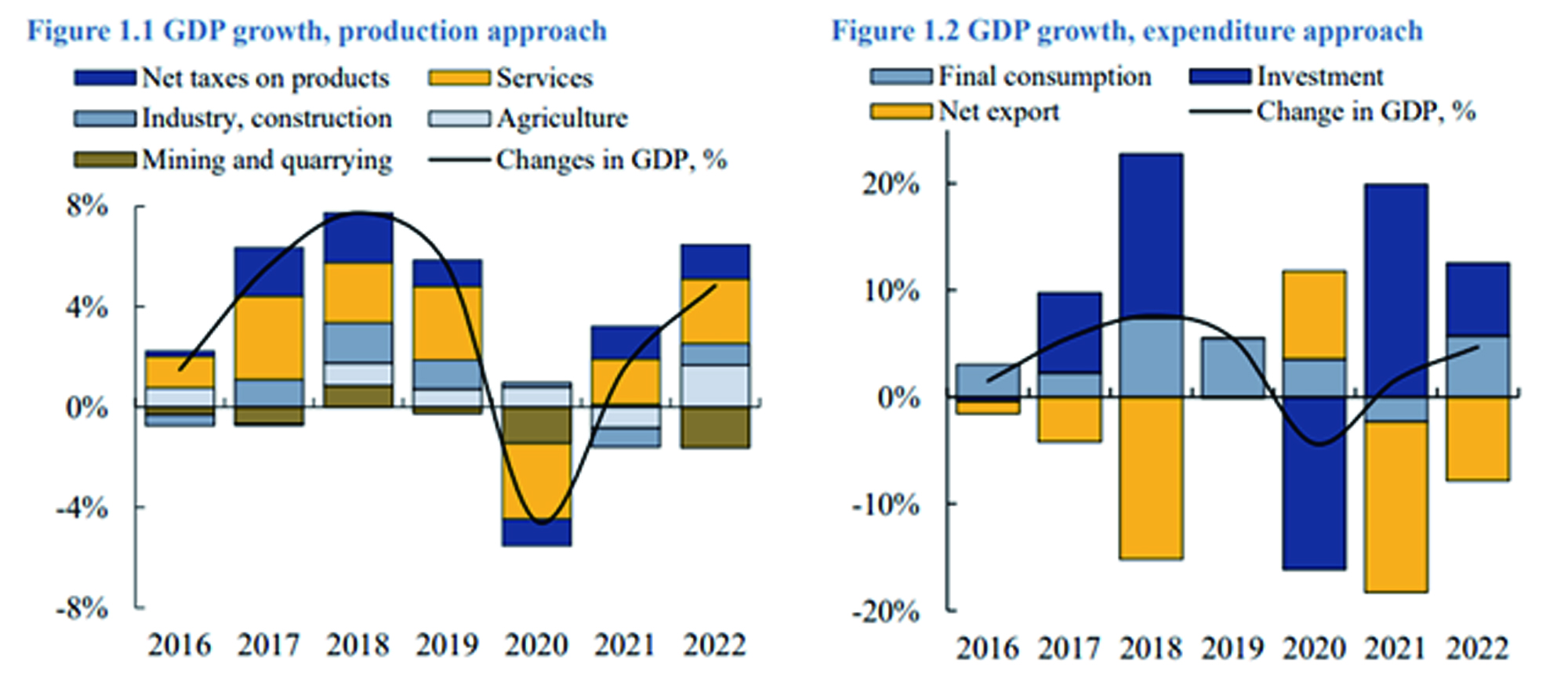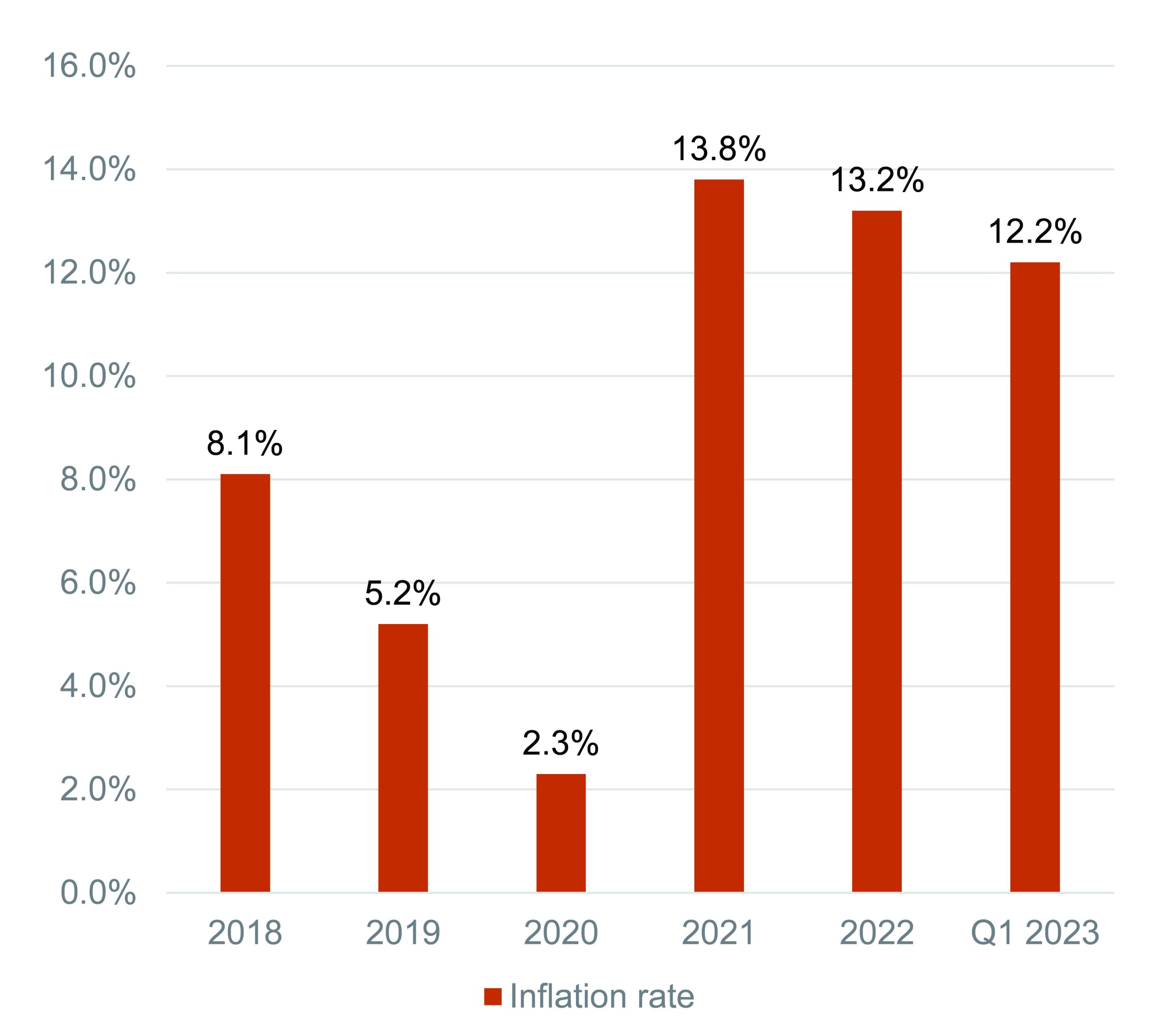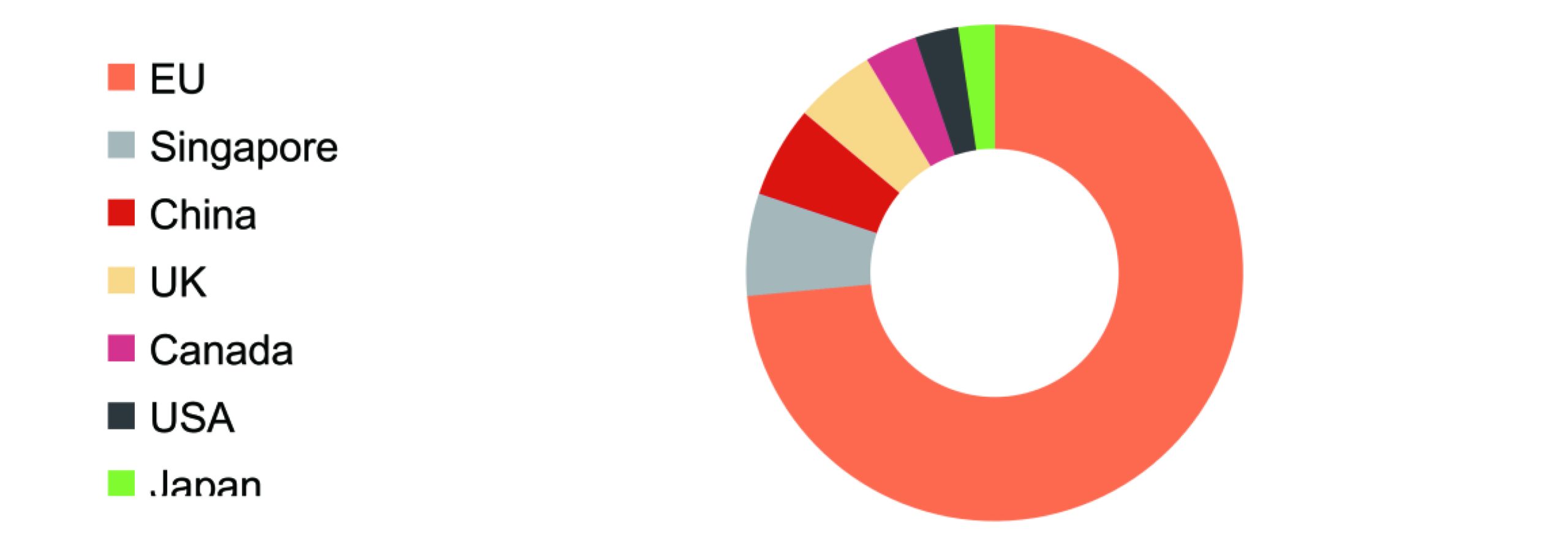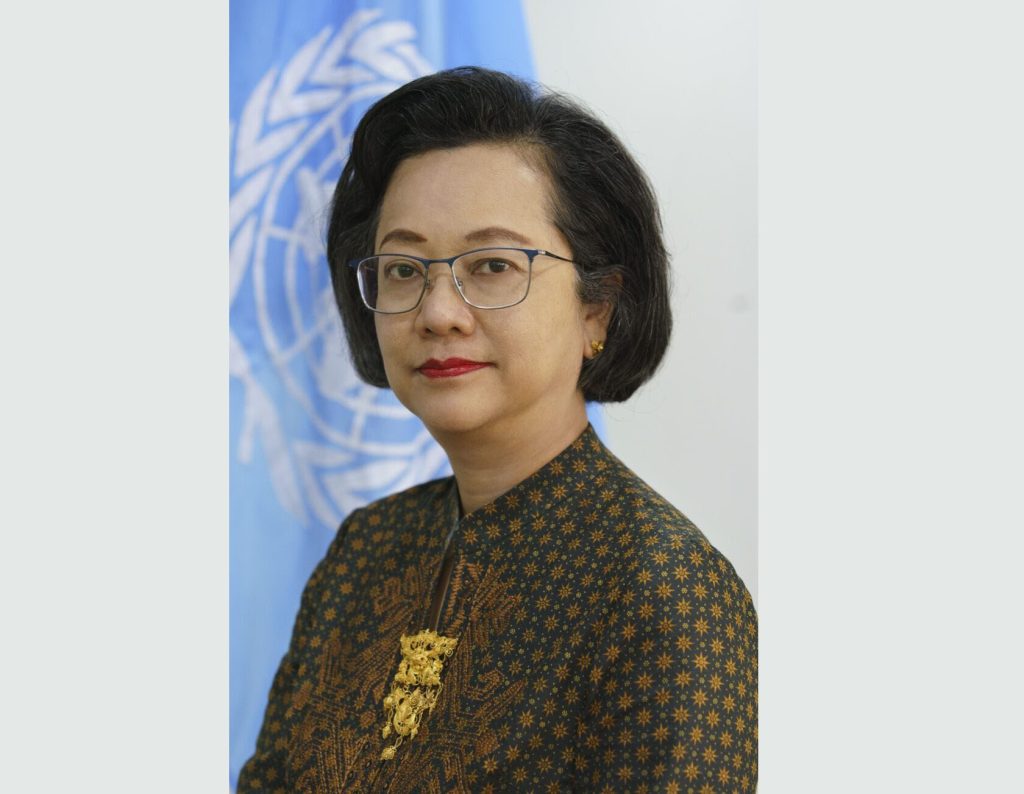Economy of Mongolia
Mongolia’s extensive mineral deposits and growth in mining-sector activities have shifted Mongolia’s economy, which traditionally has been dependent on herding and agriculture. Mining, agriculture and service sectors are now the principle sectors in contributing to GDP. Growth has been spurred by the export of commodities such as gold, copper, and cashmere.
The economy is also highly dependent on trade with its neighbor’s. For example, Mongolia purchases 95% of its petroleum products and substantial amount of electric power from Russia, leaving it vulnerable to price increases. Trade with China represents more than half of Mongolia’s total external trade, with nearly 84 percent of Mongolia’s exports going to China.
Over the past decade, Mongolia has made important changes to its economic system, to become an open, dynamic market economy. Recent changes have also been introduced to its mining and investment legislation to generate stability for foreign investors.
GDP
According to the National Statistics Office (NSO), the GDP growth rate was 4.7%, comprising MNT 52.9 trillion. This is an increase of 21.4% (MNT 9.3 trillion) from the pre-pandemic level.
GPD growth rate (2018-2022,%):

Source: National Statistics Office
Mongolia’s largest contributor to GDP is mining (especially coal, copper, and gold), although its contribution can vary significantly based on global factors. Mongolia also has a significant agricultural sector, which consists primarily of traditional livestock farming and a growing services sector, including tourism and hospitality, transportation, and logistics, banking and finance, and telecommunications. Although Mongolia’s manufacturing sector is relatively small, it has gained traction as the government seeks to diversify the economy.
As per the Ministry of Economy and Development (MED), economic growth is predicted at 6% in 2023.
GPD by Sector (2022):
Source: National Statistics Office
Mongolia attained a real GDP growth of 4.8 percent in 2022. Among economic sectors, the services, agriculture, and net taxes on products were the major contributors to the growth. Whereas the mining sector contributed negatively to the annual growth despite its production being boosted in the second half of the year. Owing to a recovery in household consumption and foreign trade, the net taxes increased by 11.5 percent, the trade sector by 8.0 percent, and other services by 4.9 percent, respectively. In addition, the agriculture sector’s growth reached 12.0 percent due to favorable weather conditions. According to the regular year-end counting, 25 million offspring matured making the number of livestock 71.1 million heads, the highest number on record. Moreover, the value-added of the manufacturing, electricity, and construction sectors increased by 6.1 percent compared to the previous year. This was mainly driven by the increase in the production of goods such as meat, beverages, and construction materials, as well as new residential constructions completed by domestic enterprises. Border restrictions eased in the second half of 2022 leading to a recovery in the mining sector’s production and exports. Exports of coal and crude oil increased by 3.6 times and 67 percent and reached 23.6 million tons and 2.5 million barrels respectively, compared to the second half of 2021. Despite this, the mining sector contracted by 11.9 percent annually.

Source: Annual report 2022, Bank of Mongolia

 Source: National Statistics Office
Source: National Statistics Office Source: National Statistics Office
Source: National Statistics Office Source: National Statistics Office
Source: National Statistics Office



